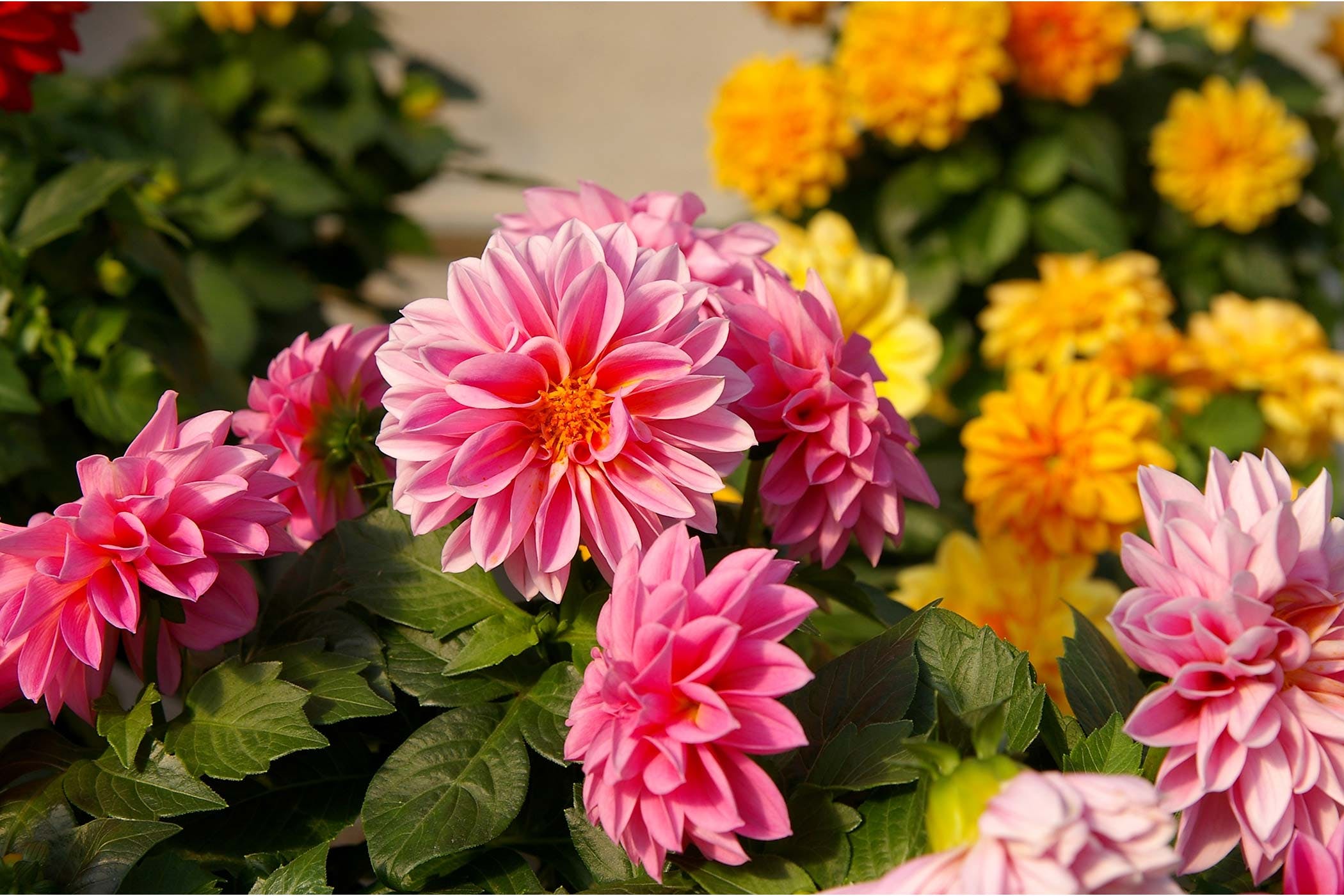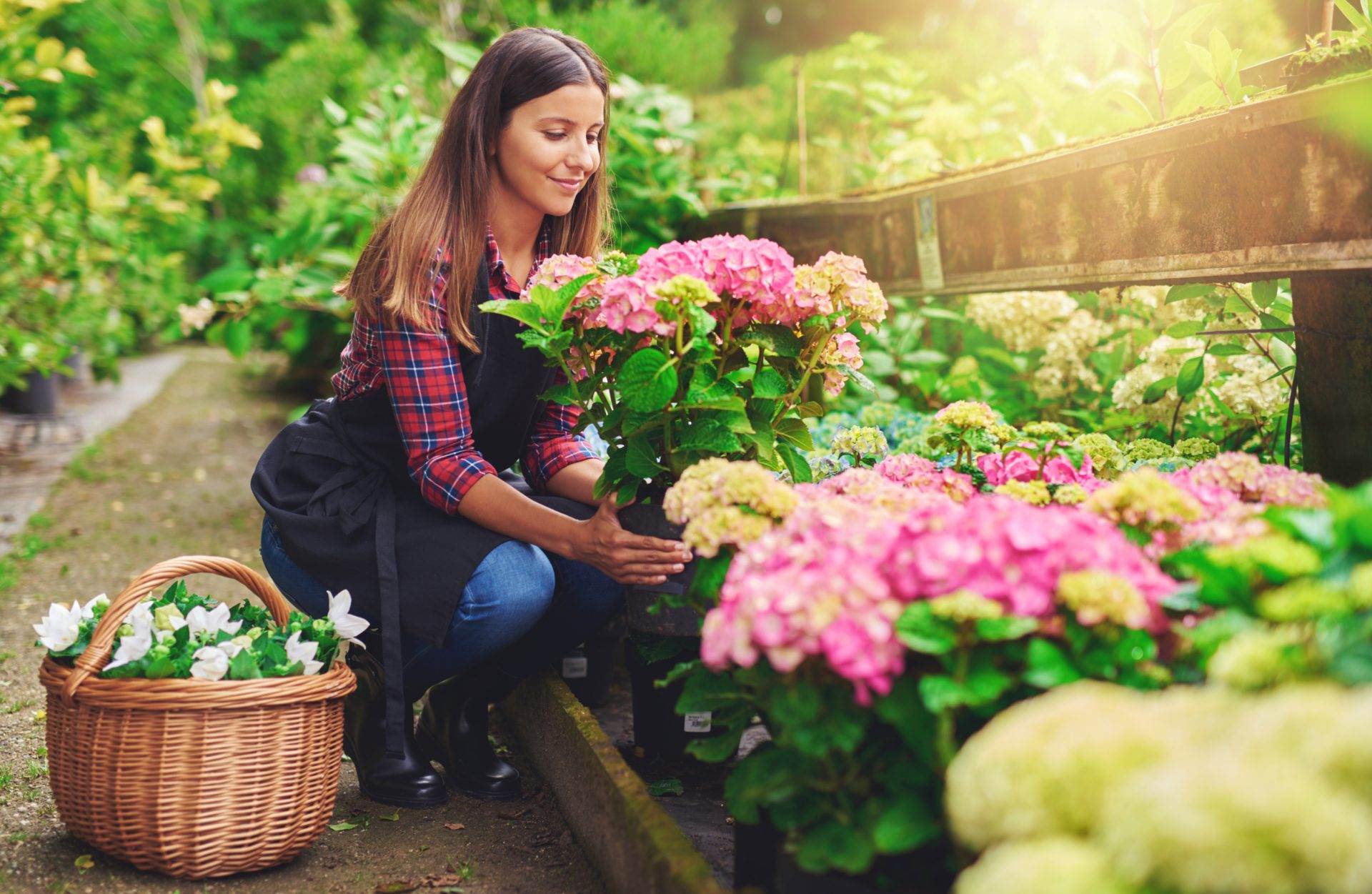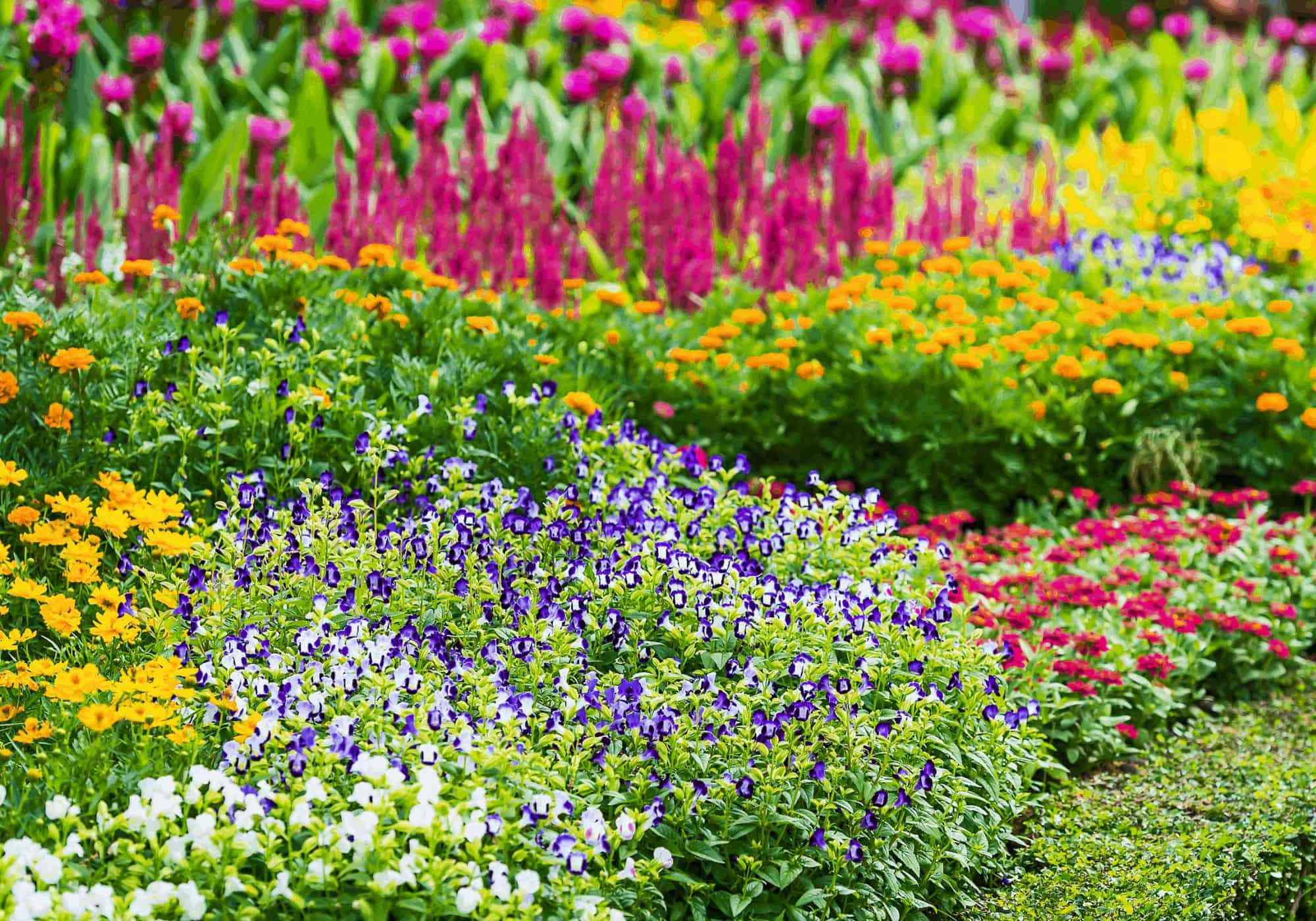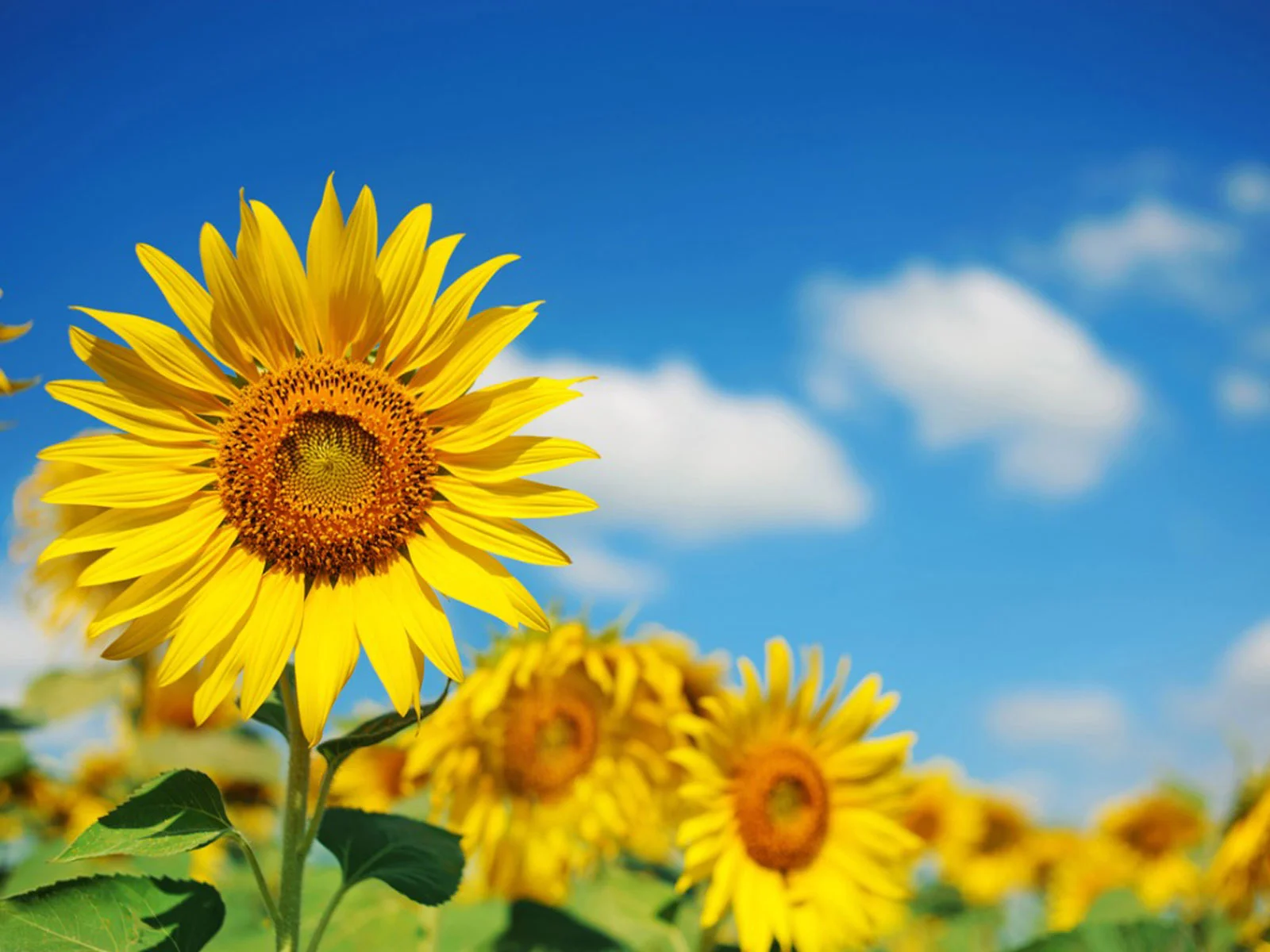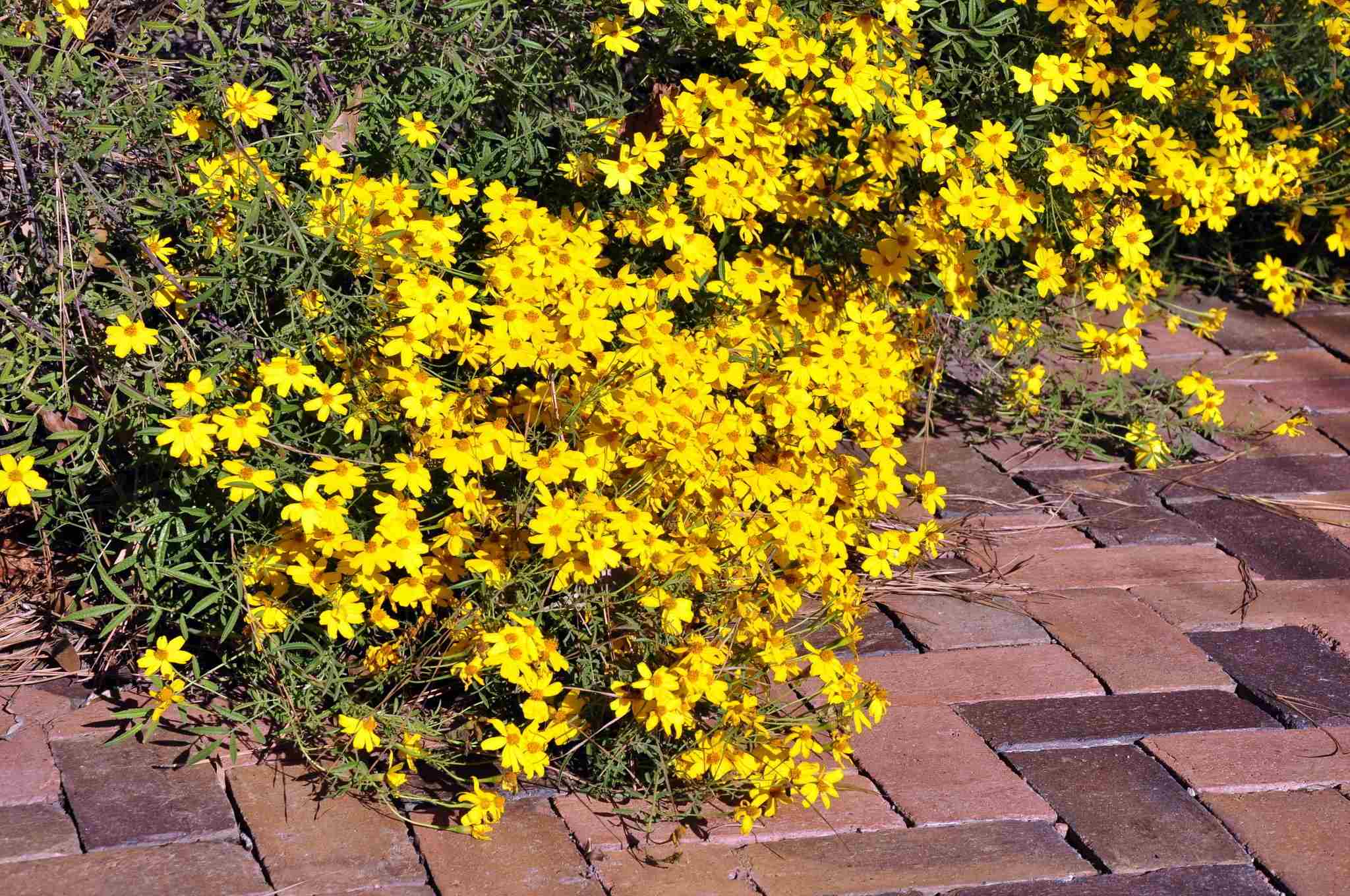Home>Gardening Techniques>Plant Care>How To Deadhead Perennials


Plant Care
How To Deadhead Perennials
Modified: January 22, 2024
Learn the essential plant care technique of deadheading perennials to promote growth and prolong blooming. Discover how to deadhead your perennials effectively with our helpful guide.
(Many of the links in this article redirect to a specific reviewed product. Your purchase of these products through affiliate links helps to generate commission for Chicagolandgardening.com, at no extra cost. Learn more)
Table of Contents
Introduction
Welcome to our guide on how to deadhead perennials, an essential practice for plant care enthusiasts. If you’re new to gardening or simply want to improve the health and appearance of your perennial plants, deadheading is a technique you should add to your horticultural repertoire.
Deadheading is the process of removing spent flowers from plants. By doing this, you not only keep your garden looking beautiful and tidy, but you also encourage further bloom and ensure the plant’s energy is directed towards new growth.
In this article, we will explore the benefits of deadheading, the best time to perform this task, the tools you’ll need, a step-by-step guide to deadheading perennials, common mistakes to avoid, and some helpful tips and tricks for successful deadheading.
Whether you’re a seasoned gardener or a beginner, learning how to deadhead perennials will help you maintain a vibrant and thriving garden all season long. So, let’s dive in and discover the secrets to keeping your perennials looking their best!
What is Deadheading?
Deadheading is a gardening technique that involves the removal of withered or spent flowers from plants. The term “deadhead” refers to the act of cutting off the dead or faded blossoms, typically before they have a chance to produce seeds.
When flowers on a plant begin to fade, their petals wither, and the blooms lose their vibrant colors. If left unattended, these faded flowers can detract from the overall beauty of the plant and even hinder its growth and future flowering.
The primary purpose of deadheading is to stimulate continued flower production by preventing the plant from going to seed. When a flower is allowed to mature and produce seeds, the plant’s energy is directed towards this process rather than producing more flowers. By removing the spent flowers, you redirect the plant’s energy into promoting new growth and additional blooms.
Deadheading can benefit both annual and perennial plants, although it is particularly important for perennials. Perennials, unlike annuals, come back year after year. Deadheading them encourages them to produce more flowers throughout the growing season, resulting in a longer blooming period and a more attractive garden.
This simple and effective technique not only improves the aesthetic appeal of your garden but also helps to maintain the overall health and vitality of your plants. It is a relatively easy task that can be performed by gardeners of all skill levels, making it an essential part of any plant care routine.
Benefits of Deadheading
Deadheading your perennials offers numerous benefits for both the plants and your garden as a whole. Let’s explore some of the key advantages of implementing this practice:
- Extended blooming period: Deadheading promotes continuous flowering throughout the growing season. By removing spent blooms, you encourage plants to produce new flower buds, resulting in an extended period of vibrant and colorful blooms.
- Improved aesthetics: Removing faded flowers keeps your garden looking fresh and well-maintained. By eliminating withered blooms, you create a more visually appealing landscape that showcases the true beauty of your plants.
- Enhanced plant vigor: Deadheading redirects the plant’s energy from seed production to new growth. This energy shift allows the plant to allocate resources towards developing stronger stems, larger leaves, and more robust root systems, ultimately enhancing its overall vitality and health.
- Prevention of self-seeding: Deadheading prevents plants from self-seeding and potentially becoming invasive. By removing spent flowers before they develop seeds, you can control the spread of certain plant species and maintain a well-balanced garden ecosystem.
- Reduced disease susceptibility: Removing spent blooms can help prevent the spread of diseases and pests. Dead and decaying flowers are often a breeding ground for harmful pathogens and insects. By removing them promptly, you minimize the risk of infections and infestations.
- Encouragement of lateral growth: The act of deadheading promotes the growth of lateral stems and encourages bushier and more compact plant growth. This can lead to a fuller and more visually appealing plant, adding dimension and texture to your garden.
By incorporating deadheading into your gardening routine, you can enjoy a longer blooming period, a healthier and more vibrant garden, and a greater sense of satisfaction from your gardening efforts. It is a simple yet effective technique that yields impressive results and is well worth the time and effort invested.
When to Deadhead Perennials
Timing is crucial when it comes to deadheading perennials. You want to ensure that you remove spent flowers at the appropriate stage to maximize the benefits and encourage new growth. Here are some guidelines to help you determine when to deadhead:
1. Regular Removal: In general, it is a good practice to deadhead perennials regularly throughout the growing season. As soon as you notice a flower starting to fade or lose its vibrant color, it’s time to remove it. This prevents the plant from expending energy on seed production and encourages it to direct its resources towards new blooms.
2. Continuous Blooming Plants: For perennials that have a long blooming period, such as daylilies or perennial geraniums, you can deadhead the faded flowers as soon as they no longer look attractive. This will encourage the plant to produce new buds and extend its flowering season.
3. Multiple Blooming Cycles: Some perennials have multiple blooming cycles throughout the season. For these plants, wait until the entire cluster or spike of flowers has finished blooming before deadheading. This ensures that you don’t accidentally remove any still-blooming flowers.
4. Late Summer Cleanup: Towards the end of summer or early fall, you can perform a more extensive deadheading session to prepare the plants for dormancy. Trim back the entire flower stalk or remove all spent flowers to tidy up the plants and prevent self-seeding, especially for plants that can be invasive.
5. Seed Collection: If you are interested in collecting seeds from your perennials, allow some flowers to fully mature and produce seeds. You can selectively deadhead the majority of the plant but leave a few flowers on the stalk to develop into seedheads.
Remember, the goal of deadheading is to promote new growth and prolong the blooming period. By paying attention to the stage of the flowers and deadheading at the appropriate time, you can maintain a vibrant and visually appealing garden throughout the season.
Tools Needed for Deadheading Perennials
Deadheading perennials requires a few essential tools to ensure the task is performed efficiently and effectively. While the specific tools needed may vary depending on the type of perennials you have, here are some common tools that can make deadheading easier:
1. Pruning Shears: Pruning shears, also known as secateurs, are the go-to tool for deadheading perennials. Look for a sharp pair of bypass pruning shears with a spring mechanism that allows for easy cutting. These shears are ideal for cleanly snipping off spent flowers and stems without damaging the plant.
2. Hand Pruners: Hand pruners, similar to pruning shears, are a versatile tool for deadheading perennials. They are particularly useful for thicker stems or branches that may require a bit more cutting force. Choose hand pruners with a comfortable grip and a locking mechanism for safe storage.
3. Floral Snips: Floral snips or flower scissors are smaller, precision cutting tools designed specifically for deadheading and harvesting delicate flowers. They are perfect for removing individual spent flowers without disturbing nearby buds or foliage. Floral snips are lightweight and easier to maneuver in tight spaces.
4. Garden Gloves: It’s always a good idea to wear a pair of sturdy garden gloves when deadheading perennials. Gloves provide protection against thorns, prickly stems, and any potential skin irritation. Look for gloves that fit well and offer a good grip, allowing you to handle the plants with ease.
5. Clean Cloth or Disinfectant Spray: To prevent the spread of diseases or pests between plants, have a clean cloth or disinfectant spray on hand. Wipe your pruning tools with the cloth or spray them with a disinfectant after each use to sterilize them and prevent cross-contamination.
6. Container or Basket: Finally, it’s helpful to have a container or basket nearby to collect the deadheaded flowers and plant debris. This keeps your work area tidy and makes it easier to dispose of the spent flowers properly or use them for composting.
Having the right tools for deadheading perennials ensures that you can perform the task efficiently while minimizing any potential damage to the plants. Invest in high-quality tools that are comfortable to use and maintain them properly to ensure they last for many gardening seasons to come.
Step-by-Step Guide to Deadheading Perennials
Deadheading perennials is a straightforward process that can be done by following these simple steps:
Step 1: Assess the Plant
Examine your perennial plant and identify the spent flowers that need to be removed. Look for faded petals, wilting blooms, or flowers that have lost their color and vibrancy.
Step 2: Locate the Node
Identify the node, which is the point where the spent flower meets the stem or branch. The node is typically where new growth or buds will emerge. It’s important to cut just above the node to direct the plant’s energy towards developing new flowers.
Step 3: Position Your Tools
Hold your pruning shears, hand pruners, or floral snips at an angle, positioning them just above the node. Ensure your cutting tool is sharp for clean and precise cuts.
Step 4: Make the Cut
Carefully make a clean cut through the stem just above the node, removing the spent flower. Avoid cutting too far below the node, as this can result in unsightly stubs or damage to the plant.
Step 5: Dispose of the Spent Flowers
Collect the removed spent flowers in a container or basket. Properly dispose of them in your green waste bin or use them for composting, if suitable.
Step 6: Continue Deadheading
Repeat the process of assessing, locating the node, and cutting above it for each spent flower you encounter. Work your way through the plant, ensuring you deadhead all the faded flowers.
Step 7: Clean and Disinfect
After you have finished deadheading, wipe down your tools with a clean cloth or use a disinfectant spray to sterilize them. This minimizes the risk of spreading diseases or pests to other plants.
Step 8: Water and Observe
Give the plant a thorough watering after deadheading to help it recover and stimulate new growth. Observe the plant over the next few days to ensure it shows signs of healthy regrowth.
Remember, not all perennials require deadheading, so it’s important to research the specific deadheading requirements of each plant in your garden. Following these steps will help you maintain the health and aesthetic appeal of your perennials throughout the growing season.
Common Mistakes to Avoid When Deadheading Perennials
While deadheading perennials is a relatively simple task, there are some common mistakes that gardeners should be aware of in order to achieve the best results. By avoiding these mistakes, you can ensure that your plants thrive and continue to produce beautiful blooms. Here are some common mistakes to avoid when deadheading perennials:
Mistake 1: Neglecting the Timing
One of the most common mistakes is not deadheading at the right time. It’s important to remove spent flowers promptly to prevent seed formation and redirect the plant’s energy for new growth. Delaying deadheading can lead to reduced blooming and diminish the overall impact of your plants.
Mistake 2: Removing Healthy Buds or Stems
When deadheading, be careful not to mistakenly remove healthy buds or stems. Take the time to evaluate each flower before making a cut and ensure you are only removing spent blooms. Cutting off healthy portions of the plant can hinder future growth and diminish the overall appearance of the plant.
Mistake 3: Improper Cutting Technique
Another mistake is using improper cutting techniques. Make clean cuts just above the node, the point where new growth will emerge. Avoid cutting too far below the node, which can lead to stubs or damage to the plant. Blunt or dull cutting tools can also result in jagged cuts, so ensure your tools are sharp for precise and clean cuts.
Mistake 4: Overlooking Diseased Flowers
Deadheading diseased flowers without taking the necessary precautions can easily spread diseases throughout your garden. If you notice any signs of disease, such as fungal growth or browning petals, avoid deadheading those flowers. Instead, dispose of them in a sealed bag to prevent the spread of pathogens.
Mistake 5: Failing to Disinfect Tools
Not disinfecting your pruning tools between cuts or plants is a mistake that can lead to the transmission of diseases. Wipe your tools with a clean cloth or use a disinfectant spray after each cut to sterilize them and prevent cross-contamination. This simple step can help maintain the overall health of your garden.
Mistake 6: Neglecting Regular Deadheading
Consistency is key when it comes to deadheading perennials. Neglecting regular deadheading can result in plants diverting energy towards seed production instead of producing more flowers. Make deadheading a part of your regular garden maintenance routine to achieve continuous blooming and maintain the overall health and beauty of your perennials.
By avoiding these common mistakes, you can make the most out of deadheading perennials and ensure that your plants thrive, resulting in a stunning and vibrant garden throughout the growing season.
Tips and Tricks for Successful Deadheading
Deadheading perennials is a simple yet important practice that can have a significant impact on the health and appearance of your plants. To make the most out of your deadheading efforts, here are some tips and tricks to keep in mind:
1. Regular Inspection: Make it a habit to inspect your perennials regularly for faded or spent flowers. By catching them early, you can deadhead more efficiently and prevent the plant from wasting energy on seed production.
2. Consider Plant Type: Different perennials have varying needs when it comes to deadheading. Research the specific requirements of each plant in your garden to determine the best deadheading technique. Some plants may benefit from a more aggressive approach, while others may require a gentler touch.
3. Group Deadheading: If you have several perennials in the same area that require deadheading, consider grouping them together. This makes the task more efficient by allowing you to focus on one area at a time and reducing the amount of time spent moving between plants.
4. Deadhead Spent Flower Stalks: In addition to removing individual spent flowers, it’s important to deadhead entire flower stalks or spikes once they have finished blooming. This helps maintain the plant’s appearance and prevents self-seeding.
5. Encourage Self-Cleaning Plants: Some perennials, such as daylilies or salvia, have a natural ability to self-clean by dropping their spent flowers. For these plants, light deadheading or removing only the unsightly blooms is all that’s necessary. This saves you time and effort while still promoting new growth.
6. Midseason Shearing: For certain perennials that may produce a large number of spent flowers, consider a midseason shearing to remove all dead or faded blooms. This rejuvenates the plant and encourages a second wave of blooming later in the season.
7. Collect Seeds: If you’re interested in seed collection, allow some flowers to mature fully and develop seeds. This can be a rewarding way to expand your garden or share seeds with fellow gardeners. Just remember to deadhead the majority of the plant to maintain its appearance and ensure energy is redirected to new blooms.
8. Water and Fertilize: After deadheading, give your perennials adequate water and consider applying a balanced fertilizer to replenish nutrients and support new growth. This helps ensure the plants recover quickly and continue to thrive.
9. Enjoy the Process: Deadheading doesn’t have to be a chore. Take your time, enjoy being in your garden, and appreciate the rejuvenating effect it has on your plants. Consider it a therapeutic and rewarding part of your gardening routine.
By following these tips and tricks, you can deadhead your perennials effectively and enjoy the benefits of continuous blooming, healthier plants, and a more visually appealing garden.
Conclusion
Deadheading perennials is an essential technique for any plant care enthusiast. By removing spent flowers, you not only enhance the aesthetic appeal of your garden, but you also promote continuous blooming and healthier, more vigorous plants. With the right timing, tools, and techniques, deadheading can become a rewarding part of your gardening routine.
Throughout this article, we have explored what deadheading is and the benefits it offers, such as extending the blooming period, promoting lateral growth, and preventing self-seeding. We have also discussed when to deadhead perennials, the tools needed for the task, and provided a step-by-step guide to help you through the process.
Additionally, we highlighted common mistakes to avoid, such as neglecting regular deadheading or removing healthy buds, and provided some helpful tips and tricks to ensure successful deadheading. By following these tips and avoiding common pitfalls, you can maximize the results of your deadheading efforts and maintain a beautiful and thriving garden.
Remember, every plant has its own deadheading requirements, so it’s important to research and understand the specific needs of the perennials in your garden. Regularly inspect your plants, take the time to make clean cuts above the nodes, and disinfect your tools to prevent disease spread.
By incorporating deadheading into your plant care routine, you can enjoy a garden filled with vibrant blooms, longer flowering periods, and overall healthier plants. So, grab your pruning shears, put on your gardening gloves, and embrace the art of deadheading as you nurture and showcase the beauty of your perennials.
